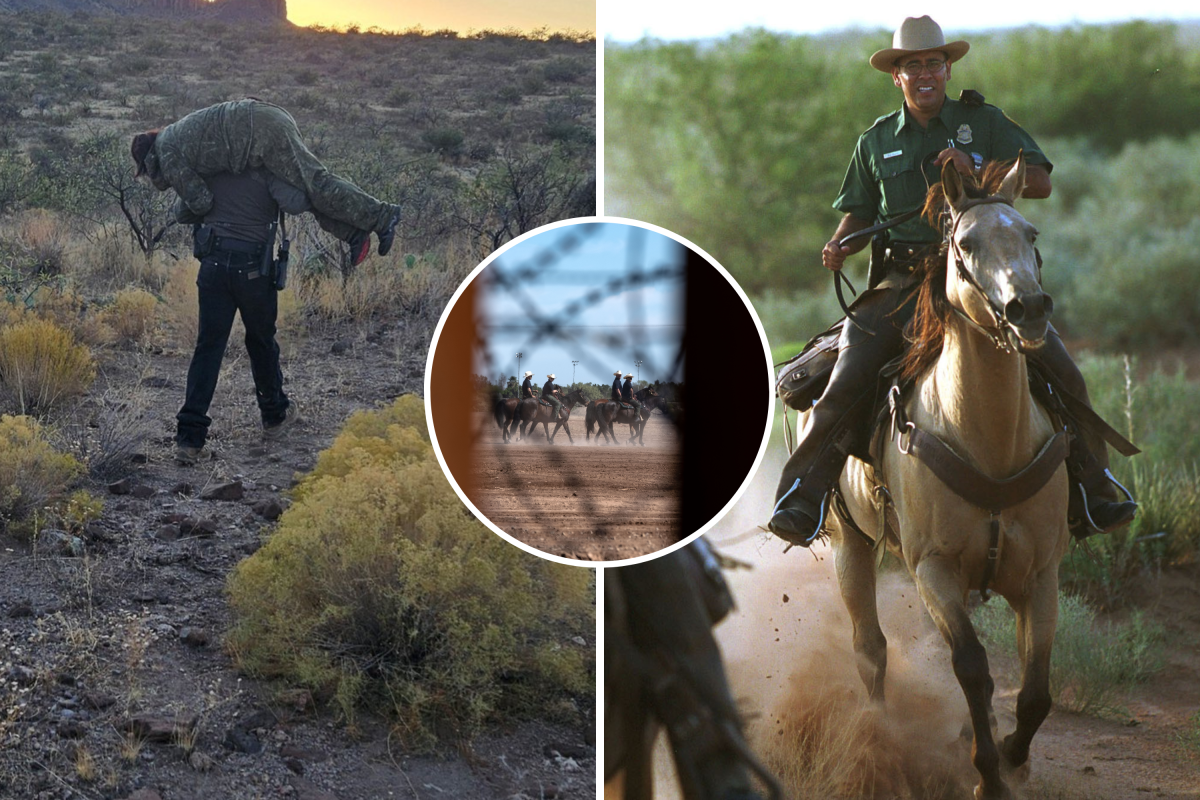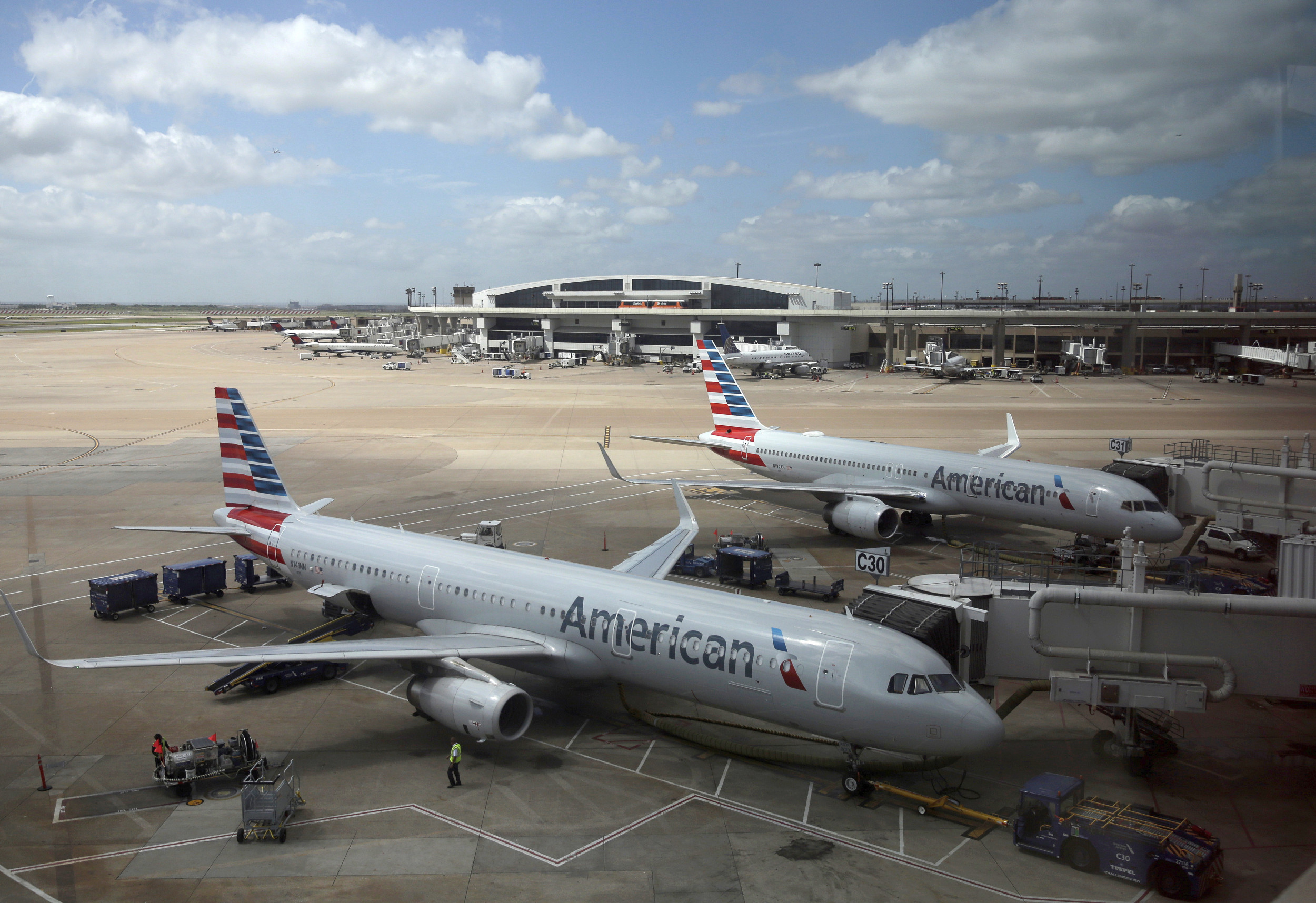A Border Patrol agent has told Newsweek how a routine horse patrol turned into a life-saving rescue mission for a distressed migrant woman in the rugged terrain of the Tucson Sector in Arizona.
The remarkable display of compassion and quick action was captured in a photo that has since gone viral. The image shows the agent from the Tucson Station Horse Patrol carrying the woman, who could no longer walk, over his shoulders.
Going above and beyond: A Tucson Station Horse Patrol agent carries a migrant who is no longer able to walk over his shoulders. Admirable humanitarian acts from our agents! pic.twitter.com/77k3JU729C
— Chief Patrol Agent - Tucson Sector (@USBPChiefTCA) December 26, 2024President-elect Donald Trump pledged during the election campaign to hire an extra 10,000 agents as he made taking a tougher stance on immigration central to his pitch to voters. However, the Border Patrol has frequently been criticized by pro-immigration and human rights advocacy groups for alleged mistreatment of migrants.
The agent who carried the woman on his shoulders, and who wishes to remain anonymous due to fear of cartel reprisals, said that he wanted people to remember that "we're human too."
The agent, part of a specialized horse patrol unit, told Newsweek the patrol was alerted to a group of migrants heading north of Arivaca East Road, a remote stretch leading from the town of Arivaca toward a nearby landmark. The agents tracked the group, coordinating with aerial support to monitor their movements.
"As we approached, the group hunkered down, but when we moved in, they scattered," the agent said. The agent pursued those who fled north, while his partner stayed with the initial group.
Upon reuniting with the group, the agent noticed that a migrant woman was in distress. "She was having a hard time standing and was clearly dehydrated," the agent said. With their vehicle nearly three-quarters of a mile away in difficult terrain, the situation required immediate action.
One of the agents, a certified Emergency Medical Technician (EMT), had medical supplies in the vehicle but couldn't bring the equipment to the woman due to the rocky landscape. Acting quickly, his partner carried the woman on his back through the rough valley.
"It was a tough walk, but we got there as quickly as we could," he said.
"The quickest way was just for me to put her on my back and carry her out of there."
Upon reaching the vehicle, his partner assessed the woman's condition, checking her vital signs and administering fluids.
"She seemed severely dehydrated, likely from the long trek they had taken from the border," the agent said. The group appeared to have no supplies, including water, suggesting they had exhausted their provisions.
"My partner pulled the gear, checked her heart rate, and gave her fluids. Slowly but surely, she started coming back. She could stand on her own will again."

The most significant challenge faced by both immigrants and agents arriving is the harsh terrain and extreme weather conditions.
"The terrain is definitely what makes the job hard here, and I think that's the biggest obstacle for working and for putting them in danger. The immigrants, I don't think they really put a grasp on how dangerous it is," the agent said.
"That's the main mission, I believe, is to preserve life, and it's a treacherous area. So to me that would be my biggest message out to everybody: that we're human too."
Border Crossings At Tucson, Arizona
According to Customs and Border Protection (CBP) sources, border crossings in the Tucson sector have fallen from 3,000 a day to fewer than 200 apprehensions.
Rescues have decreased by 40 percent, and deaths have dropped by 15 percent in the sector, according to CBP officials.
This shift is largely attributed to the deployment of new technologies that are enabling authorities to detect migrant groups much more quickly compared with previous years.
Why The Border Patrol Still Uses Horses
However, older approaches still have their uses, according to Special Operations Supervisor Dustin Smith, coordinator for the Horse Patrol Program in the Tucson Sector.
"The Border Patrol has ridden horses in the Sonoran Desert out here in Arizona for the last 100 years," Smith told Newsweek.
"Upon its inception in 1924, the first immigration inspectors in our area were horseback, and we've continued that tradition."
He added: "Horse patrol agents are very proud of what they do. They carry on this culturally and historically significant job on a daily basis.
"We've been patrolling the southwest border for over 100 years, and much of it has continued to be on horseback. We still continue to patrol some of the most rugged terrain in America.
"Obviously, we have our mission set, but the area that these guys patrol is some of the harshest terrain filled with steep mountains, deep washes, and cactus-infested land. They do it over biologically and culturally significant areas, including wilderness areas or the Tohono O'odham Indian Reservation.
"And they do that all while working with local law enforcement, ranchers, and the people from the community in the area. We carry out this mission, doing so on horseback, just like it's been done for the past 100 years. We're very proud to do it."
A Border Patrol horse patrol agent's day begins by ensuring the horses are properly fed and healthy. After checking the horses for injuries or signs of conflict, agents saddle up and plan their patrol route based on areas with significant migrant traffic. They ride through rugged terrain, attempting to locate and apprehend individuals crossing the border. At the end of the day, they return to the pens, where the horses are fed or cared for by the oncoming shift.
Smith said: "If there's a group of migrants up on top of a mountain and we need to get up there, the horse will do the majority of that energetic work.
"All the way up to the top of the mountain. And then if we need to go hands-on or we need to exert energy at the top of the mountain, we are fresh.
"And we have fresh legs, and we didn't just have to hike 5 miles to get up there. So the biggest advantage is it saves our energy for law enforcement duties once we finally encounter those groups."




















 English (US) ·
English (US) ·